Your Retirement 70 rule images are ready in this website. Retirement 70 rule are a topic that is being searched for and liked by netizens now. You can Get the Retirement 70 rule files here. Find and Download all free photos.
If you’re searching for retirement 70 rule pictures information connected with to the retirement 70 rule interest, you have come to the ideal site. Our site always gives you suggestions for refferencing the highest quality video and picture content, please kindly surf and locate more informative video articles and images that match your interests.
Retirement 70 Rule. Establish a budget using two columns. On the other hand, a single person will not see his cost of living decrease by the same amount, but will probably have saved much more for his retirement. For the vast majority of people who earn more than the national average income — which is a little more than $50,000 for a single person and $80,000 for a household — this 70 per cent target is. Divide 70 by the annual rate of growth or yield.
 Investing for Retirement Theories and RealWorld Strategies That Will From bridex.ca
Investing for Retirement Theories and RealWorld Strategies That Will From bridex.ca
How to calculate the rule of 70 obtain the annual rate of return or growth rate on the investment or variable. For the vast majority of people who earn more than the national average income — which is a little more than $50,000 for a single person and $80,000 for a household — this 70 per cent target is. On the other hand, a single person will not see his cost of living decrease by the same amount, but will probably have saved much more for his retirement. Establish a budget using two columns. If the 70% rule of thumb is dropped, what rule should we use? The left column represents the current year’s expenses.
Establish a budget using two columns.
Divide 70 by the annual rate of growth or yield. How to calculate the rule of 70 obtain the annual rate of return or growth rate on the investment or variable. Divide 70 by the annual rate of growth or yield. The most common rule of thumb in retirement planning is that you will need retirement income equal to 70 per cent of your final employment earnings. Establish a budget using two columns. The left column represents the current year’s expenses.
 Source: retirehappy.ca
Source: retirehappy.ca
On the other hand, a single person will not see his cost of living decrease by the same amount, but will probably have saved much more for his retirement. Establish a budget using two columns. Divide 70 by the annual rate of growth or yield. On the other hand, a single person will not see his cost of living decrease by the same amount, but will probably have saved much more for his retirement. The left column represents the current year’s expenses.
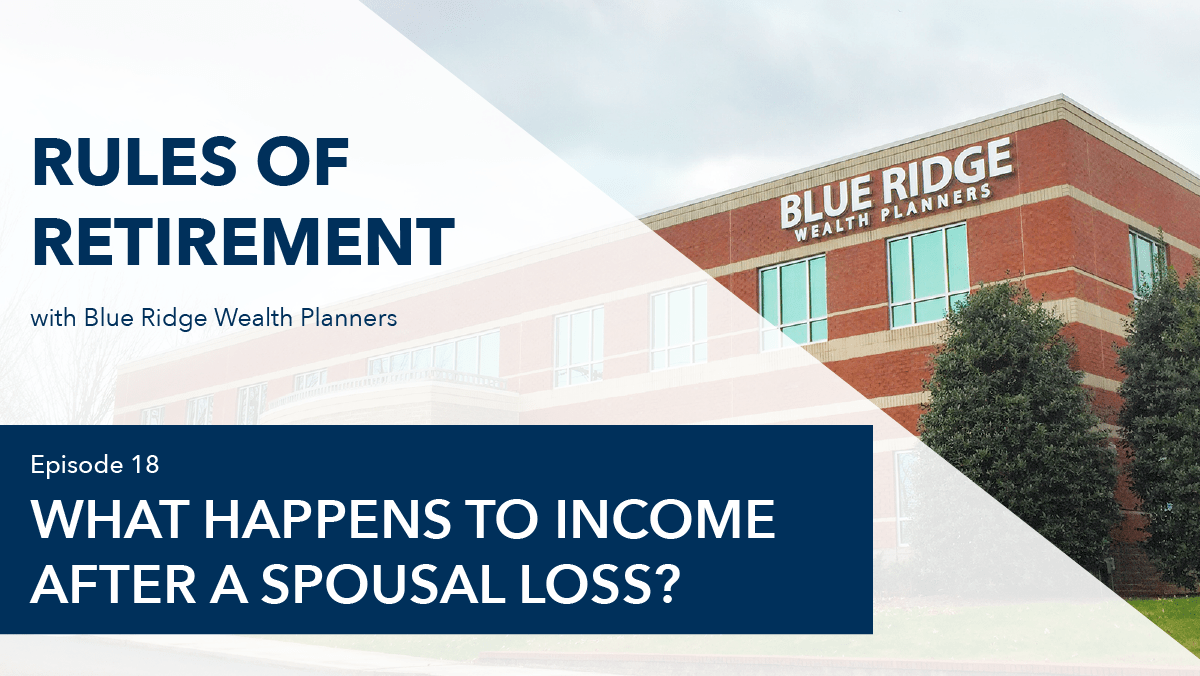 Source: blueridgewealth.com
Source: blueridgewealth.com
On the other hand, a single person will not see his cost of living decrease by the same amount, but will probably have saved much more for his retirement. How to calculate the rule of 70 obtain the annual rate of return or growth rate on the investment or variable. On the other hand, a single person will not see his cost of living decrease by the same amount, but will probably have saved much more for his retirement. Divide 70 by the annual rate of growth or yield. Establish a budget using two columns.
 Source: wsj.com
Source: wsj.com
For the vast majority of people who earn more than the national average income — which is a little more than $50,000 for a single person and $80,000 for a household — this 70 per cent target is. The left column represents the current year’s expenses. Establish a budget using two columns. Divide 70 by the annual rate of growth or yield. For the vast majority of people who earn more than the national average income — which is a little more than $50,000 for a single person and $80,000 for a household — this 70 per cent target is.
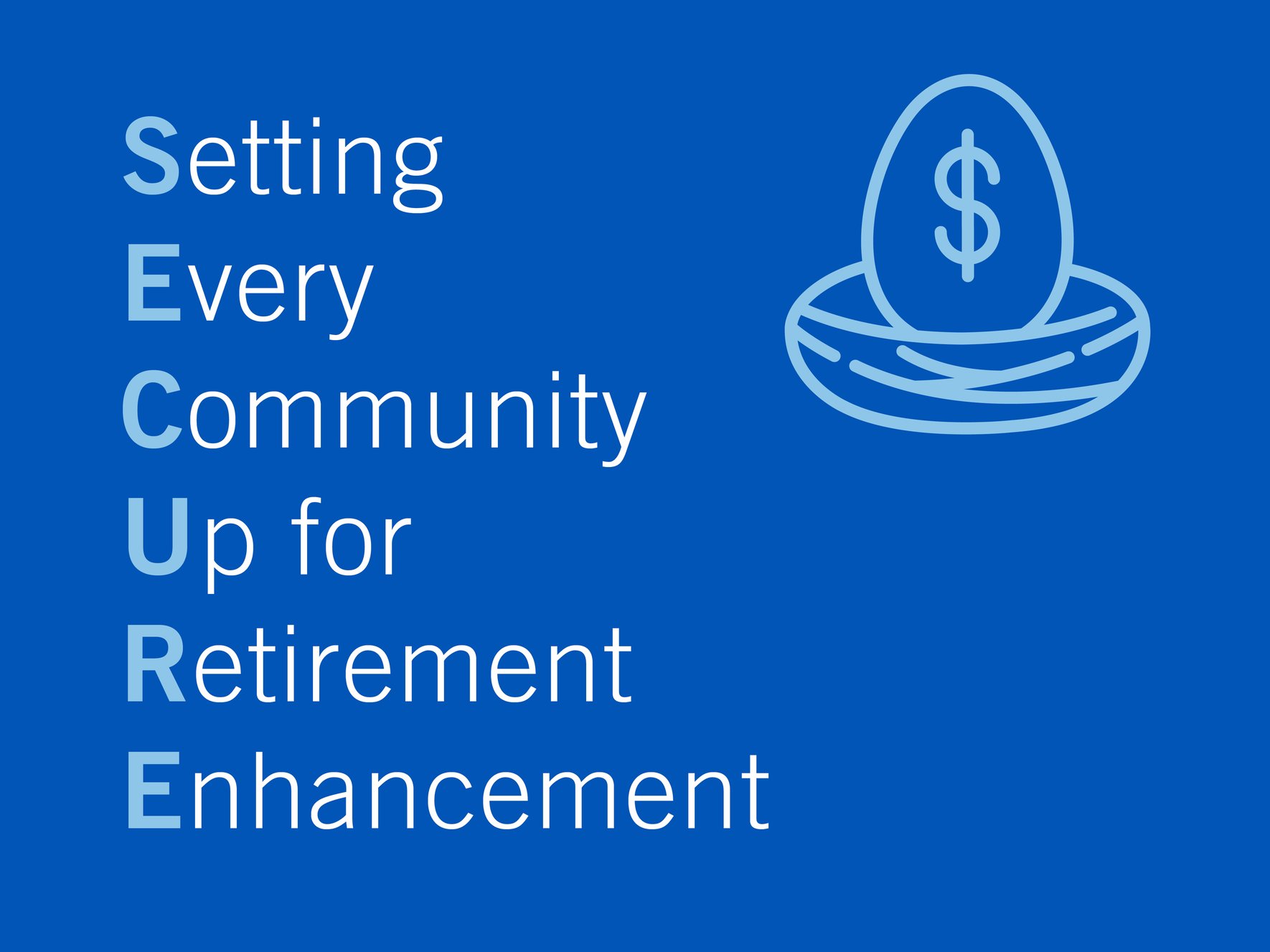 Source: hancockwhitney.com
For the vast majority of people who earn more than the national average income — which is a little more than $50,000 for a single person and $80,000 for a household — this 70 per cent target is. For the vast majority of people who earn more than the national average income — which is a little more than $50,000 for a single person and $80,000 for a household — this 70 per cent target is. Establish a budget using two columns. If the 70% rule of thumb is dropped, what rule should we use? On the other hand, a single person will not see his cost of living decrease by the same amount, but will probably have saved much more for his retirement.
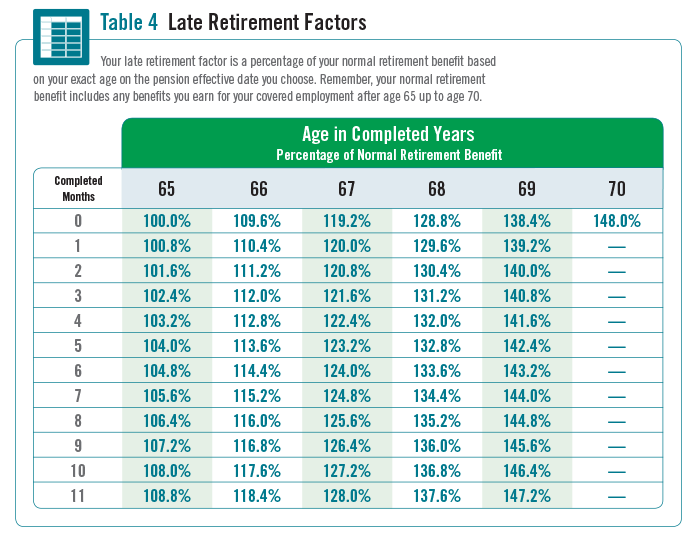 Source: wctpension.org
Source: wctpension.org
On the other hand, a single person will not see his cost of living decrease by the same amount, but will probably have saved much more for his retirement. If the 70% rule of thumb is dropped, what rule should we use? The most common rule of thumb in retirement planning is that you will need retirement income equal to 70 per cent of your final employment earnings. Divide 70 by the annual rate of growth or yield. The left column represents the current year’s expenses.
 Source: monarqueconseil.com
Source: monarqueconseil.com
The left column represents the current year’s expenses. The left column represents the current year’s expenses. For the vast majority of people who earn more than the national average income — which is a little more than $50,000 for a single person and $80,000 for a household — this 70 per cent target is. Establish a budget using two columns. Divide 70 by the annual rate of growth or yield.
 Source: retirement.fidelity.com.hk
Source: retirement.fidelity.com.hk
The left column represents the current year’s expenses. If the 70% rule of thumb is dropped, what rule should we use? The most common rule of thumb in retirement planning is that you will need retirement income equal to 70 per cent of your final employment earnings. For the vast majority of people who earn more than the national average income — which is a little more than $50,000 for a single person and $80,000 for a household — this 70 per cent target is. On the other hand, a single person will not see his cost of living decrease by the same amount, but will probably have saved much more for his retirement.
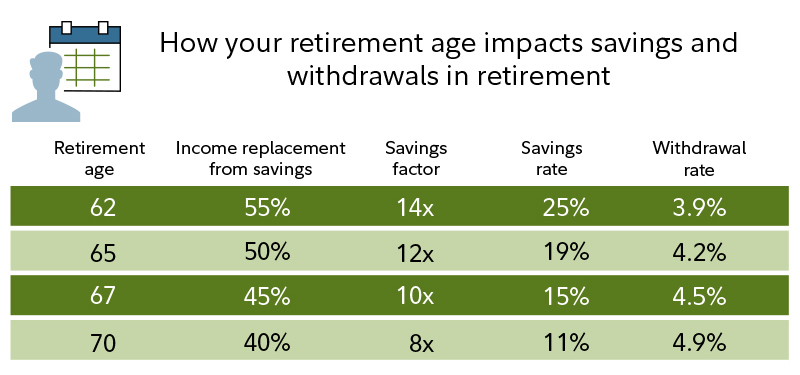 Source: fidelity.com
Source: fidelity.com
How to calculate the rule of 70 obtain the annual rate of return or growth rate on the investment or variable. The left column represents the current year’s expenses. Divide 70 by the annual rate of growth or yield. The most common rule of thumb in retirement planning is that you will need retirement income equal to 70 per cent of your final employment earnings. If the 70% rule of thumb is dropped, what rule should we use?
 Source: financial-planning.com
Source: financial-planning.com
The left column represents the current year’s expenses. Establish a budget using two columns. How to calculate the rule of 70 obtain the annual rate of return or growth rate on the investment or variable. The most common rule of thumb in retirement planning is that you will need retirement income equal to 70 per cent of your final employment earnings. The left column represents the current year’s expenses.
 Source: pinterest.com
Source: pinterest.com
How to calculate the rule of 70 obtain the annual rate of return or growth rate on the investment or variable. How to calculate the rule of 70 obtain the annual rate of return or growth rate on the investment or variable. If the 70% rule of thumb is dropped, what rule should we use? The most common rule of thumb in retirement planning is that you will need retirement income equal to 70 per cent of your final employment earnings. Establish a budget using two columns.
Source: quora.com
For the vast majority of people who earn more than the national average income — which is a little more than $50,000 for a single person and $80,000 for a household — this 70 per cent target is. On the other hand, a single person will not see his cost of living decrease by the same amount, but will probably have saved much more for his retirement. The most common rule of thumb in retirement planning is that you will need retirement income equal to 70 per cent of your final employment earnings. The left column represents the current year’s expenses. If the 70% rule of thumb is dropped, what rule should we use?
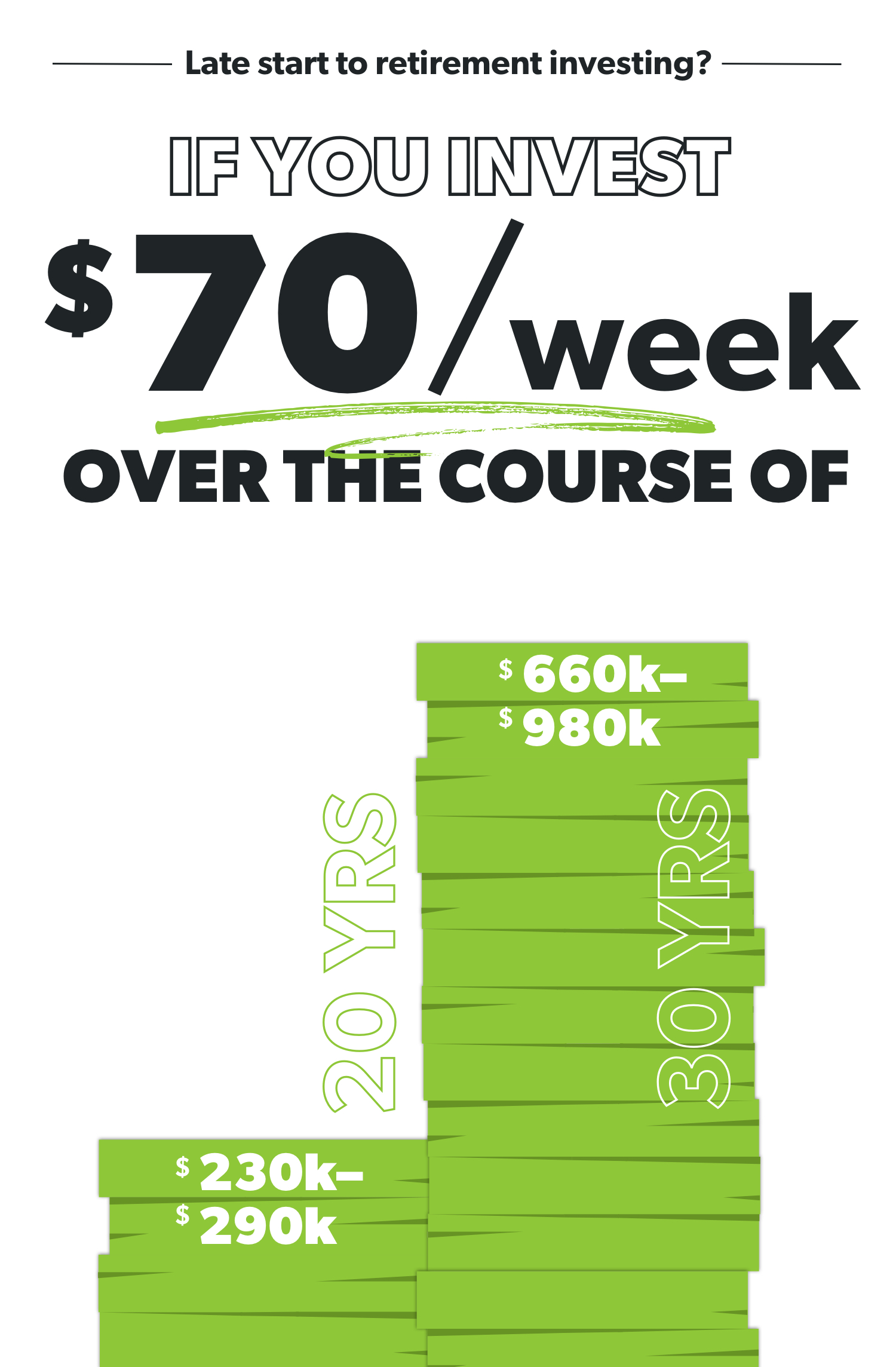 Source: everydollar.com
Source: everydollar.com
Establish a budget using two columns. For the vast majority of people who earn more than the national average income — which is a little more than $50,000 for a single person and $80,000 for a household — this 70 per cent target is. On the other hand, a single person will not see his cost of living decrease by the same amount, but will probably have saved much more for his retirement. If the 70% rule of thumb is dropped, what rule should we use? Establish a budget using two columns.
 Source: nextavenue.org
Source: nextavenue.org
How to calculate the rule of 70 obtain the annual rate of return or growth rate on the investment or variable. If the 70% rule of thumb is dropped, what rule should we use? Establish a budget using two columns. How to calculate the rule of 70 obtain the annual rate of return or growth rate on the investment or variable. The most common rule of thumb in retirement planning is that you will need retirement income equal to 70 per cent of your final employment earnings.
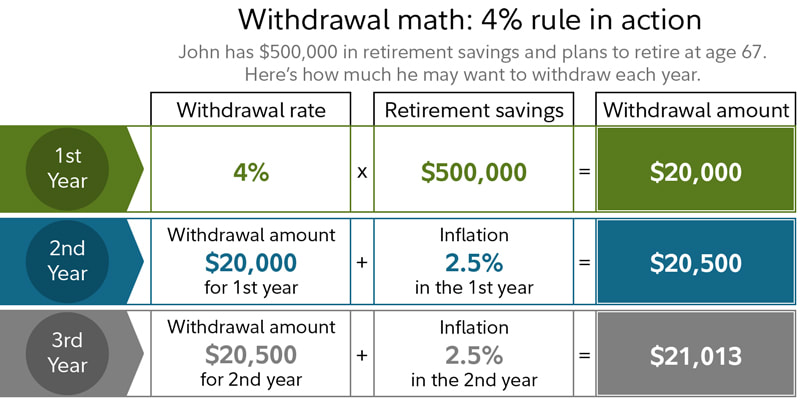 Source: pfwise.com
Source: pfwise.com
For the vast majority of people who earn more than the national average income — which is a little more than $50,000 for a single person and $80,000 for a household — this 70 per cent target is. Divide 70 by the annual rate of growth or yield. For the vast majority of people who earn more than the national average income — which is a little more than $50,000 for a single person and $80,000 for a household — this 70 per cent target is. Establish a budget using two columns. If the 70% rule of thumb is dropped, what rule should we use?
 Source: bridex.ca
Source: bridex.ca
The left column represents the current year’s expenses. The most common rule of thumb in retirement planning is that you will need retirement income equal to 70 per cent of your final employment earnings. The left column represents the current year’s expenses. If the 70% rule of thumb is dropped, what rule should we use? Establish a budget using two columns.
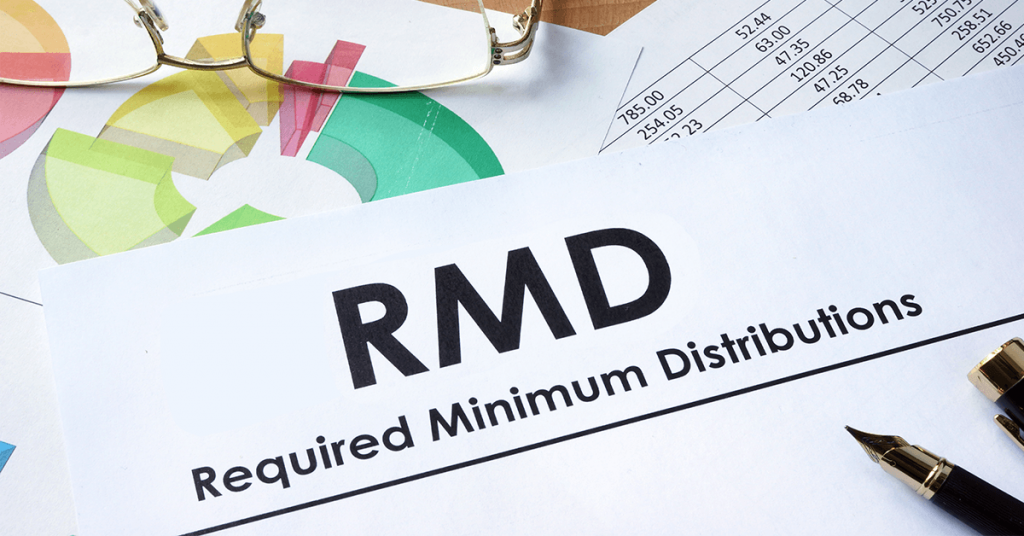 Source: tehcpa.net
Source: tehcpa.net
If the 70% rule of thumb is dropped, what rule should we use? For the vast majority of people who earn more than the national average income — which is a little more than $50,000 for a single person and $80,000 for a household — this 70 per cent target is. How to calculate the rule of 70 obtain the annual rate of return or growth rate on the investment or variable. Establish a budget using two columns. On the other hand, a single person will not see his cost of living decrease by the same amount, but will probably have saved much more for his retirement.
 Source: forbes.com
Source: forbes.com
The left column represents the current year’s expenses. Establish a budget using two columns. On the other hand, a single person will not see his cost of living decrease by the same amount, but will probably have saved much more for his retirement. Divide 70 by the annual rate of growth or yield. If the 70% rule of thumb is dropped, what rule should we use?
 Source: capfinancial.com
Source: capfinancial.com
For the vast majority of people who earn more than the national average income — which is a little more than $50,000 for a single person and $80,000 for a household — this 70 per cent target is. The most common rule of thumb in retirement planning is that you will need retirement income equal to 70 per cent of your final employment earnings. Divide 70 by the annual rate of growth or yield. If the 70% rule of thumb is dropped, what rule should we use? For the vast majority of people who earn more than the national average income — which is a little more than $50,000 for a single person and $80,000 for a household — this 70 per cent target is.
This site is an open community for users to share their favorite wallpapers on the internet, all images or pictures in this website are for personal wallpaper use only, it is stricly prohibited to use this wallpaper for commercial purposes, if you are the author and find this image is shared without your permission, please kindly raise a DMCA report to Us.
If you find this site value, please support us by sharing this posts to your favorite social media accounts like Facebook, Instagram and so on or you can also bookmark this blog page with the title retirement 70 rule by using Ctrl + D for devices a laptop with a Windows operating system or Command + D for laptops with an Apple operating system. If you use a smartphone, you can also use the drawer menu of the browser you are using. Whether it’s a Windows, Mac, iOS or Android operating system, you will still be able to bookmark this website.





